From pv magazine India
India – the second-largest power market in the Asia Pacific region with an installed generation capacity of 421 GW – has emerged as the lowest-cost producer of renewable energy in the area.
“The country has seen [the] levelized cost of electricity (LCOE) using solar falling to $38/MWh this year, which is 14% cheaper than … traditional coal-fired electricity,” read a report by U.K.-based market intelligence firm Wood Mackenzie.
Solar capacity in India is expected to touch 38 GW this year and the expanding market scale, coupled with high-quality solar resources and competition, has pushed solar costs down to half the level seen in many rival Asia Pacific countries – according to WoodMac research director Alex Whitworth.
The trend is spreading across the region, however, with Asia Pacific set to see solar directly compete with coal by 2027.
Australian solar to beat coal next year
Solar power in the second cheapest Asia Pacific market of Australia – a nation which has been historically reliant on cheap and abundant coal and gas for power generation – is already cost-competitive against gas with the LCOE for solar having fallen 42% in three years. Solar is expected to break through the coal-fired electricity price barrier next year, when its cost falls to US$48/MWh.
Significantly, Australia’s rising volume of gas exports is pushing domestic prices for the fossil fuel higher at the same time as environmental regulations restrict the use of coal.
“Maintaining grid stability and reducing curtailment of intermittent generation has been a recurring challenge in Australia,” said Whitworth, who suggested energy storage would be one of the key options available to help balance power demand with maintaining uninterrupted supply.
Regional tipping point in 2027
While solar power costs are falling across the Asia Pacific region, the average LCOE for wind and solar is still 29% higher than for coal-fired power. Wood Mackenzie forecasts that premium will vanish by 2027, fueling direct competition between renewables and coal.
By 2030, renewable power generation across the region will cost around 17% less than coal-fired power, with exceptions in Malaysia, Indonesia and Japan, where renewables will remain more costly.
Whitworth added: “Lower costs will boost wind and solar generation’s share of the power mix from the current 6% to a much higher level in [the] coming years. This will create both opportunities and disruption in the industry.”
This content is protected by copyright and may not be reused. If you want to cooperate with us and would like to reuse some of our content, please contact: editors@pv-magazine.com.
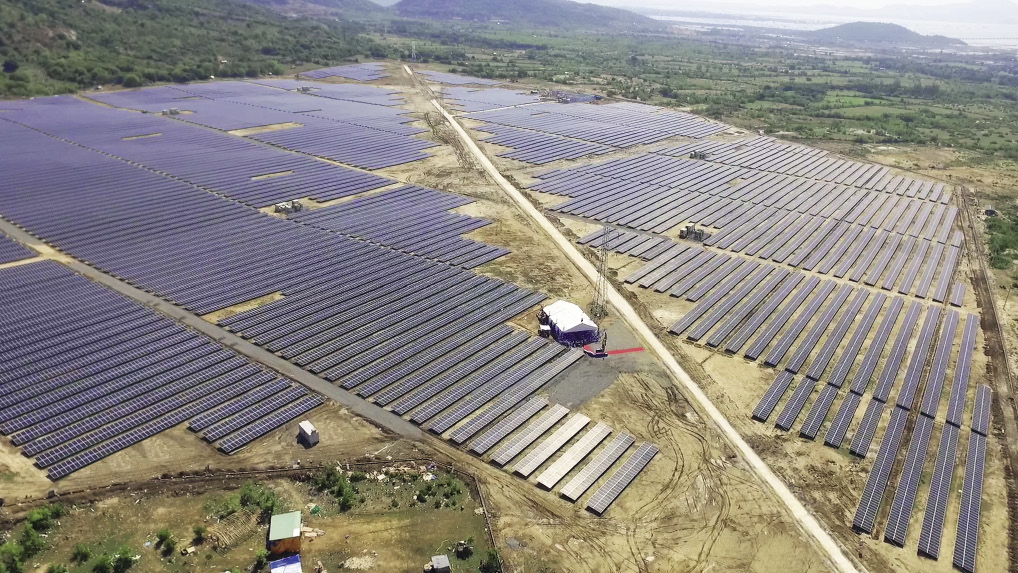
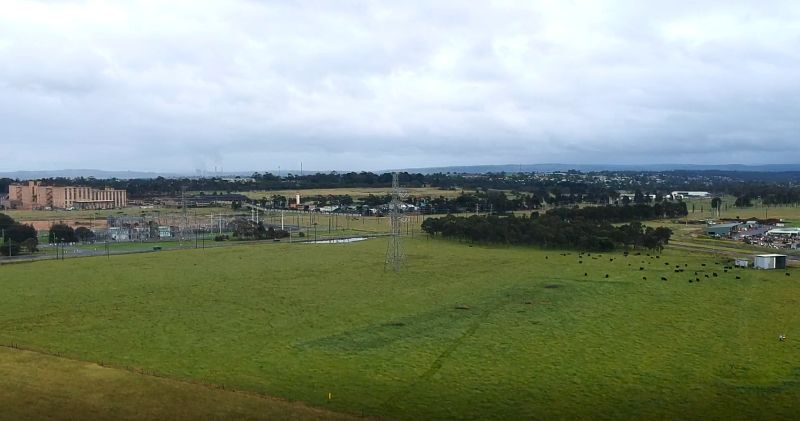



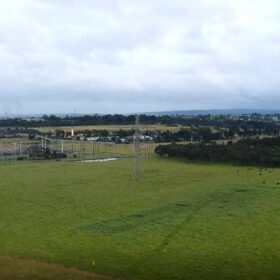
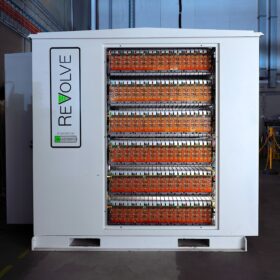
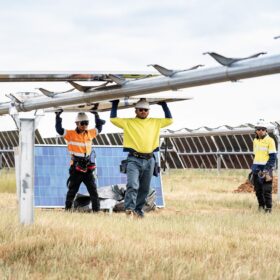
This may happen sooner than 2027. “Solar power in the second cheapest Asia Pacific market of Australia – a nation which has been historically reliant on cheap and abundant coal and gas for power generation – is already cost-competitive against gas with the LCOE for solar having fallen 42% in three years. Solar is expected to break through the coal-fired electricity price barrier next year, when its cost falls to US$48/MWh.”
Right now China is gearing up for large scale manufacturing of bi-facial solar PV panels which have been given a ‘pass’ on tariffs. So, more bang for the buck is coming. It has been reported that manufacturing facilities are quoting $0.28 per watt for bi-facial panels. By next year perhaps $0.20 or less per watt. Just how low can they go? Bi-facial solar PV fields with single tracking East to West and the just announced TESLA MegaPack energy storage system, that’s the ticket. Every town could have one of these on the edge of the township. Large cities, string strategic areas with these power plants with energy storage just outside the city limits.